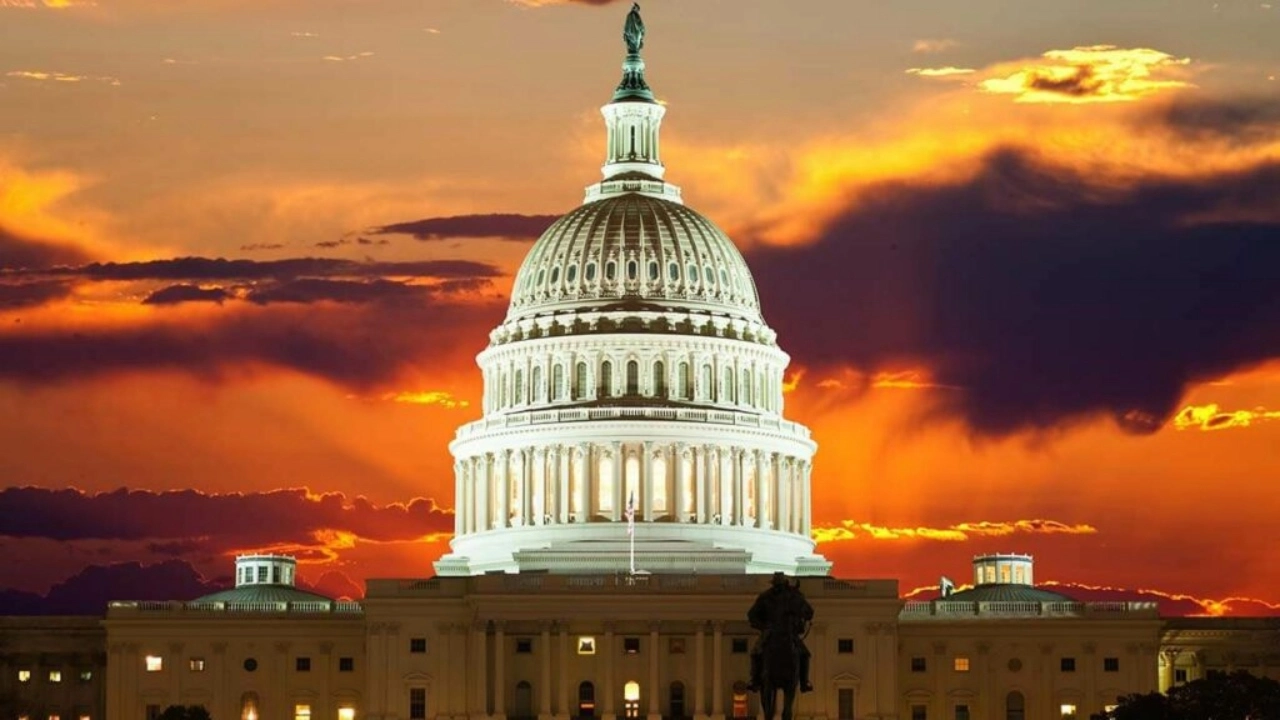Flower has lost some market share to other marijuana products in recent years, but consumers aren’t replacing flower with concentrates, edibles and vapes.
In fact, flower consumption and total dollars spent in the category have increased, even as flower’s market share has decreased.
“People use a lot of different products, but flower remains the backbone of the industry,” said Bethany Gomez, managing director of the Brightfield Group, a cannabis analytics firm in Chicago.
In marijuana markets tracked by Headset, a Seattle-based cannabis data analytics company, flower sales more than doubled from about $2.36 billion in 2018 to $4.83 billion so far in 2022. During the same period, flower’s market share dipped 5 percentage points, from 45.7% to 40.7%.
Flower enjoyed a “renaissance” during the early part of the pandemic, according to Headset Analytics Manager Cooper Ashley. But 2022 has seen a “course correct” as flower sales haven’t declined but have been growing at a more modest rate, he added.
Flower power
Retail inventory managers in markets across the U.S. reported similar trends.
At Premiere Provisions in Big Rapids, Michigan, which carries about 30 strains at any one time, flower makes up a little more than half of all sales, reported General Manager Edwin Maguire.
A big reason for those sales, he added, were Michigan’s rock-bottom prices for wholesale flower—such as pounds for as little as $800—allowing Premiere to sell product to consumers at jaw-dropping low prices.
“Our flower sales have increased over the last couple of months. With the prices dropping the way they have, we’re actually able to sell $49 ounces and keep a good margin. With this lower pricing, though, we have to sell double the amount that we used to,” Maguire said. He added that, so far, Premiere has been able to sell twice as much product.
Having cheap flower has also encouraged consumers to buy products from other categories, Maguire said.
“When you have a lower-priced product, people purchase a little bit more and splurge a little bit more,” he added.
Lance Mathis, store manager at Inyo Fine Cannabis Dispensary, a marijuana retailer in Las Vegas, said flower continues to claim more than half the market share in his store, all while sales for other products such as concentrates, edibles and vapes have gone up.
“Flower has always been the strongest seller, hands down,” he said.
Favorite brands
What is changing is that flower brands such as California-based Cookies and Nevada’s Shango are increasingly staking a claim in regulated marijuana markets. Although “house” brands—those sold through retailers that are part of vertically integrated companies—still lead in most states, non-house flower brands are finding traction.
Gomez said that, several years ago, branded flower was the exception, not the rule. “Now, it’s more of the rule and not the exception,” she said.
“We see the same in most other product categories as well,” Gomez said. “That’s the direction that the industry has moved.”
At Inyo, customers’ flower favorites include bud from Binsky, Old Pal and BaM (Body and Mind).
“It’s good flower, and they have it priced to sell,” Mathis reported, adding that consumers are drawn to perceived value.
“Top-tier strains have the following, and they sell. They just don’t have that same push-through rate,” he explained. “It’s just not as obtainable for all your consumer base.”
Top-selling strains
When it comes to flower strains, Headset lists the top three sellers in the seven adult-use markets it tracks as Runtz, Wedding Cake and Gelato, in that order.
Similarly, Brightfield found that the strains with the most distribution are Gelato, OG Kush and Wedding Cake. Brightfield analyst Madeline Scanlon explained that the company’s numbers come from the strain being directly sold or being present in the genetics—for example, flower sold as “Gelato X Fruit Loops” would contribute to Gelato’s market share.
Allan Mullen, the purchaser at marijuana retail store Cannabis City in Seattle, also sees Wedding Cake exploding in popularity.
“Wedding Cake is a good, safe, consistent strain,” Mullen said, adding that Cannabis City sells eighths for $10-$50, depending on the brand. He noted that both higher- and lower-end Wedding Cake strains do well with consumers.
“Wedding Cake has been one of the more popular, more recognizable strains,” Mullen said. “It doesn’t matter the price point, Wedding Cake moves.”
Blue Dream is another recognizable strain that has proved to be solid for retailers, coming in at No. 4 on Headset’s list of top flower strains in the markets that it covers.
“When people see it, they just kind of resonate with it,” Mullen said of the strain that shot to popularity in the 2010s. “We have Blue Dream at all levels, from pre-roll packs to half-gram two-packs to flower, concentrates (and) from wax to cartridges.”





